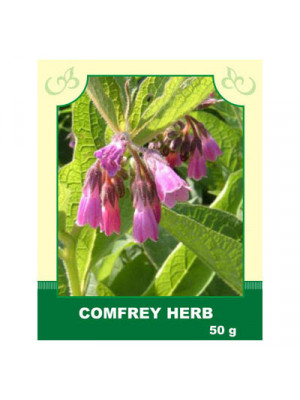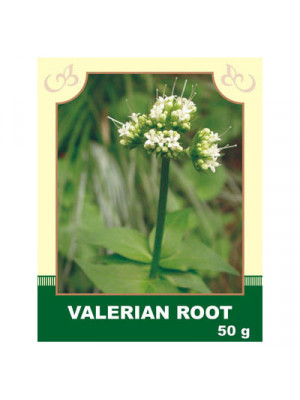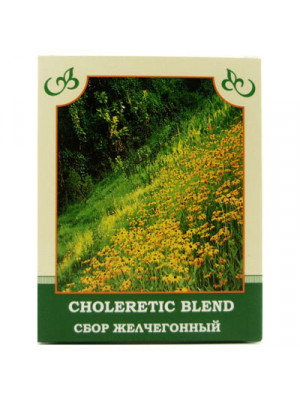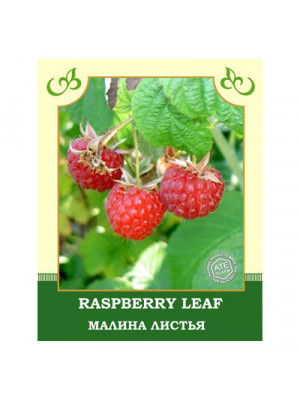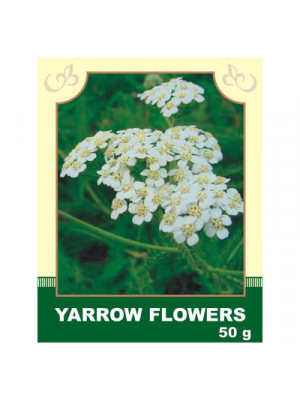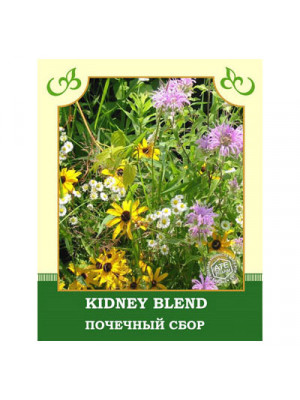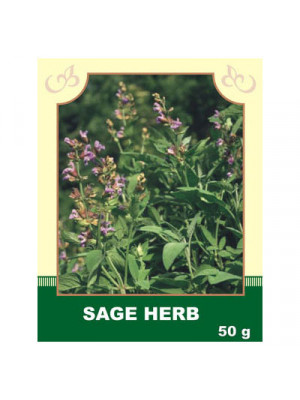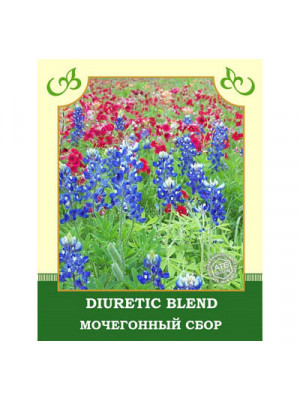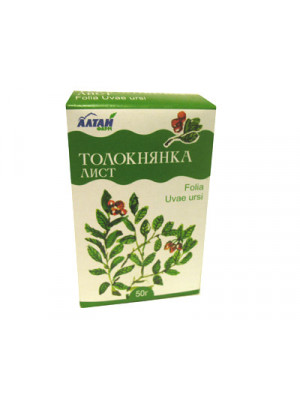Search results for 'Black Currant Leaf 50g'
Internal use:
Take internally the infusion of the roots for gastrointestinal diseases: diarrhea, dysentery, chronic catarrh of the intestines, stomach and intestinal ulcers, chronic catarrh of the respiratory organs with abundant sputum, hemoptysis, bleeding, paralysis, various skin diseases, ulcers, and wounds with simultaneous external application. The infusion and decoction of the roots have the remarkable property of enhancing the regeneration of various tissues, dulling pain, and promoting faster bone healing in fractures.
Method of application and dosage: Pour 1 tablespoon of marsh cinquefoil with 1 glass of boiling water, infuse in a warm place for 4-6 hours, strain through a dense fabric. Take 2 tablespoons 6 times a day before meals. Tincture: Pour 1 tablespoon of finely chopped roots with 100 ml of vodka and infuse for 10 days. Take 15-20 drops 3 times a day. Externally, the infusion of the roots is used for baths, washing, and compresses for fractures, dislocations, bruises, joint pain, jaundice, various skin diseases, and especially for the treatment of old, poorly healing wounds and ulcers. The alcohol tincture of the roots is used for anti-inflammatory and analgesic compresses.
Contraindications: Individual intolerance, during pregnancy and lactation. It is a poisonous plant, requires caution and strict dosage in consumption.
$6.99Internally, aqueous infusion and alcoholic tincture of the rhizomes and roots are used as a calming remedy for nervous excitement, insomnia, asthma, palpitations, seizures, spasms, hysteria, neuroses of the cardiovascular system accompanied by pain and spasms of coronary vessels, for nervous diseases of the stomach and intestines, skin diseases on a nervous basis, and other nervous disorders. They are also used for headaches of nervous origin and inflammation of the sciatic nerve.
Method of application and dosage: 2.5 tablespoons of roots are poured with 200 ml of boiling water, infused for 45-60 minutes, strained. Boiled water is added to the obtained infusion to the original volume. Take 2-3 tablespoons 3-4 times a day, 30 minutes after meals. Tincture: 1 part valerian roots and 5 parts 70° alcohol or vodka, infuse for a week, strain. Take 15-20 drops 3-4 times a day.
Contraindications: Individual intolerance. Nausea and vomiting may occur in case of overdose.
$6.99Composition: immortelle, peppermint, yarrow, coriander.
Liver and bile duct diseases: acute and chronic cholecystitis, hepatitis, cholangitis, dyskinesia of the bile ducts, postcholecystectomy syndrome.
$5.40Internally, the infusion of the leaves is taken for the following conditions:
- Respiratory organ diseases;
- Cough and feverish conditions;
- Diarrhea;
- Enterocolitis;
- Gastric bleeding;
- Hemorrhoids;
- Abundant menstruation.
Method of application and dosage: Steep 2 tablespoons of dried leaves in 500 ml of boiling water, infuse for 2 hours. Take 1/2 cup 4 times a day before meals.
Externally, the leaves are used:
- For rinsing in stomatitis, pharyngitis, and angina;
- For compresses and moistening the body surface in skin diseases.
Contraindications: Individual intolerance.
$5.99Internally: Taken as a hemostatic agent for intestinal and uterine bleeding, dysentery, inflammatory diseases of the bladder, ovaries, gastritis with low acidity, diarrhea, ulcers of the stomach and duodenum, liver diseases, hepatitis, cholecystitis, and angiocholitis, cough, and colds. Also used as a calming remedy for neurosis, hysteria, and hypertension.
Method of application and doses: Decoction - 1 teaspoon in 250 ml of boiling water, simmer for 5-10 minutes over low heat, strain. Drink 1/2 cup 3 times a day. Tincture: 30 g of dry herb is infused in 100 ml of vodka, infused in a dark place for 1 week, strained, and taken in 20-30 drops 3 times a day before meals for dysmenorrhea, angina, and intestinal spasms.
Externally: The decoction of yarrow is very effective when used locally for small cuts, abrasions, scratches, toothache, herpes, focal baldness, and lichen. For bleeding from the eroded cervix, tampons soaked in yarrow infusion or decoction are used. In cases of prolapsed hemorrhoids and bleeding hemorrhoids, compresses soaked in a cold yarrow decoction are applied.
Contraindications: Individual intolerance, during pregnancy, and for those suffering from allergies.
$6.99Composition: nettle, knotweed, St. John's wort, plantain, rosehip.
Used for inflammatory processes in the kidneys, pyelonephritis, nephritis, and renal insufficiency.
$5.40
Description. The Latin name for sage, salvia, means to heal. Modern evidence supports its effects as an anhidrotic, antibiotic, antifungal, astringent, antispasmodic, estrogenic, hypoglycemic,diuretic and tonic. Ancient physician Hyppocrates considered sage to be a sacred and the most useful herb. For thousands of years sage has been used for a variety of medicinal purposes. It has been used in connection with sprains, swelling, ulcers, and bleeding. As a tea, sage has been administered for sore throats and coughs. Herbalists have also used this herb for rheumatism, menstrual bleeding, liver disorders, strengthening the nervous system, improving memory, and sharpening senses. Sage contains the chemical substances, camphor, and cineole as well as other constituents including rosmarinic acid, tannins, and flavonoids. Even today, in many European countries sage is used medicinally as a gargle for sore throat and inflammation of the mouth and gums. Use. Sage was recommended by herbalists for fever. Modern research has demonstrated that sage reduces perspiration by as much as 50 percent. Sage is also an active ingredient in some natural mouthwashes because its tannins are thought to help kill the bacteria that cause gingivitis. Sage has traditionally been used to treat canker sores, bleeding gums, sore throat, tonsillitis, and laryngitis. Sage has a long history of use for gastrointestinal disorders. It has been shown to help relax muscle spasms in the digestive tract. One German study has found that drinking a sage infusion reduced blood sugar levels in people with diabetes, but only when they took the infusion on an empty stomach. Sage has traditionally been used to promote menstruation; pregnant women should not consume highly concentrated forms of sage.
Attention! Before using any herbal products, make sure that you have full knowledge of how the herb works and any adverse reaction it may cause.$4.99Composition: knotweed, calendula, dill (seeds), Eleutherococcus, peppermint.
Indications: Used for diseases of the kidneys and urinary system.
$6.99- The plant is also called Bear Berry. Chinese have been using Bear Berry Leaves since 13th century as a diuretic, to reduce kidney and urinary problems. Bear berry leaves are still used medicinally in Poland and other countries. Native Americans also used Bear berry tea for inflammation of the urinary tract, urethritis, kidney stones, and cystitis. The berries were also made into a tea that was used to ward off obesity. Bearberry is a very useful plant. All parts of it can be used in some way. The fruit can be eaten and cooked with other foods. The roots can be made into a tea that can treat a constant cough or slow down menstrual bleeding. A tea from the stem is used to prevent miscarriage and to speed up a womens recovery after childbirth. A tea made from the leaves can be drunk to treat kidney or bladder problems. Bear Berry Leaves have diuretic, anti-inflammatory and anti-microbial qualities. Use as a diuretic, and anti-microbial agent in cases of inflammatory diseases of the urinary tracts.$5.99


